|
Well, the Top 25 of all time are done for this year, and it's time to move on to more regularly scheduled programming. I started this series with a couple other games that both rank in that list: The Castles of Burgundy and That's Pretty Clever! Designed by: Dan Cassar Art by: Philippe Guérin, Chris Quilliams, Beth Sobel Released: 2015 from Filosofia Éditions and Renegade Game Studios, among others Primary Mechanisms: Hand management, Set collection, Pattern building MSRP: $21.99 Components Review: It's really just a deck of cards. That's it. Not much to review, but the art is very pretty in the white box edition I have. Theme Review: You're technically supposed to be building an arboretum by laying out cards in paths...but the theme falls away quickly as you're just counting suits and numbers. Weight Review: If you're familiar with more traditional card games, this isn't really a huge step up in complexity from something like euchre or spades, but it doesn't have much in common with those...it's perhaps more in the line of something like a canasta, but meaner. The reason this game pushes above the 2.0/5.0 complexity scale on BGG is because of the extra rule of having to hold on to cards for the ability to score at the end. Mechanisms Review: You begin the game with seven cards, and you will always have seven cards throughout the course of the game. Each turn, you will draw two cards (either face-up from one of each player's discard pile or face-down from the top of the deck), play one to your tableau (to the left, right, above, or below any existing card), and discard one. That's the whole game, at least on the surface. However, there are a few nuances that make the game super tense. First, you score for the longest contiguous formation starting with the lowest number and ending with the highest (extra points for starting with a 1, ending with an 8, and for having a run of four or more cards in ascending order) in any given suit. Then, in order for you to score anything, you must have held back the highest value of that suit; if you didn't, you score nothing (the only exception of which is, if one player has the 1 and an opponent has the 8, the 8 is treated as value 0). It's tricky as you try to guess what your opponent has saved.
Re-playability and Price Review: Because the number of cards shuffled into the deck varies by player count, this game scales very well and never offers the "same" experience twice in the way that traditional card games don't. But this game rewards repeated play, much like traditional card games do as well, even if the rule set isn't ultra dynamic. And, if you play with the same people a lot, you start to become aware of tendencies, which keeps it interesting and tense. The rules teach is relatively simple, except the illustrations in the rule book are a little confusing on first glance. In terms of price, I think you can probably find this for below MSRP most places, and it's worth it, especially as a tool to introduce traditional card gamers to the world of hobby board games. Overall Rating: 8/10
0 Comments
Leave a Reply. |
Or, the writing gamer...An infrequent review of my collection of hobby board games, coverage of the board game hobby at-large, lists, purchasing advice, and maybe some writing updates here and there. Archives
September 2022
|
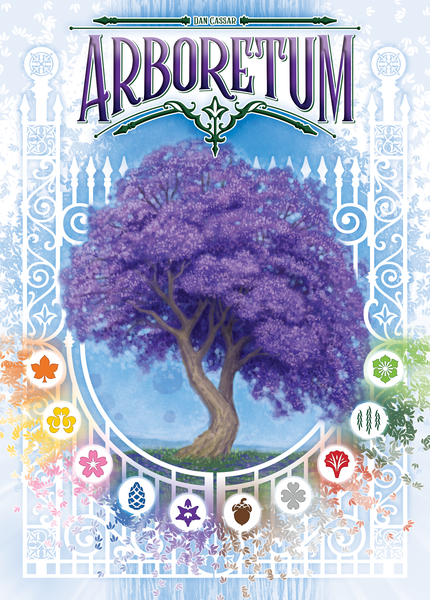
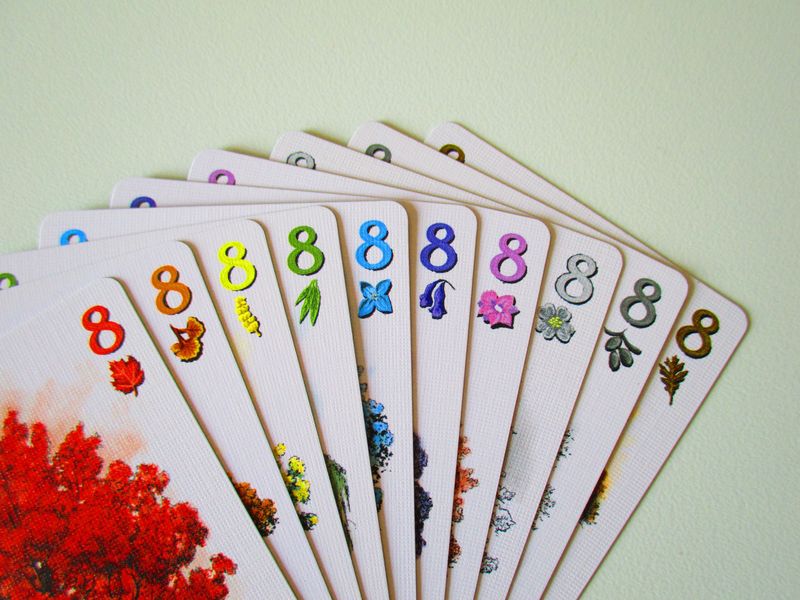
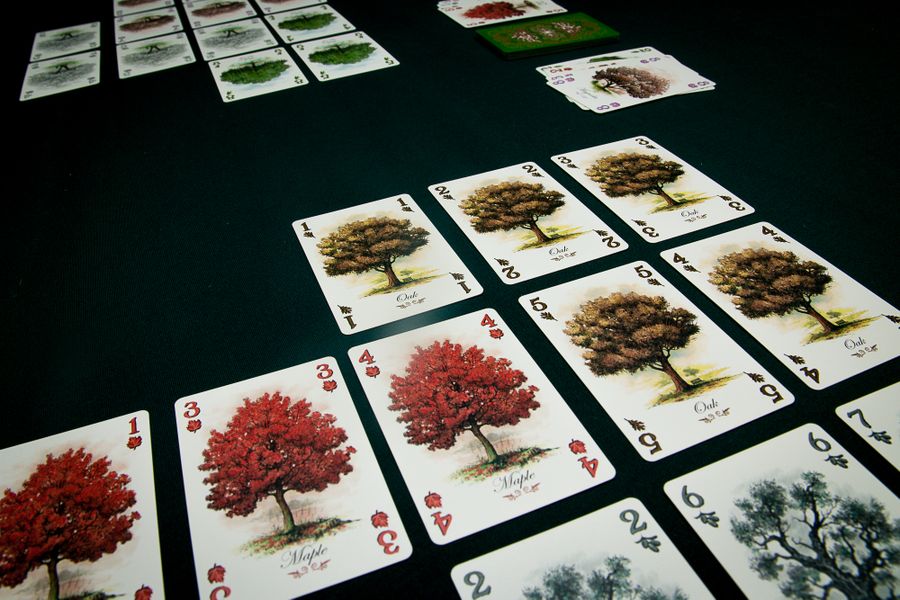
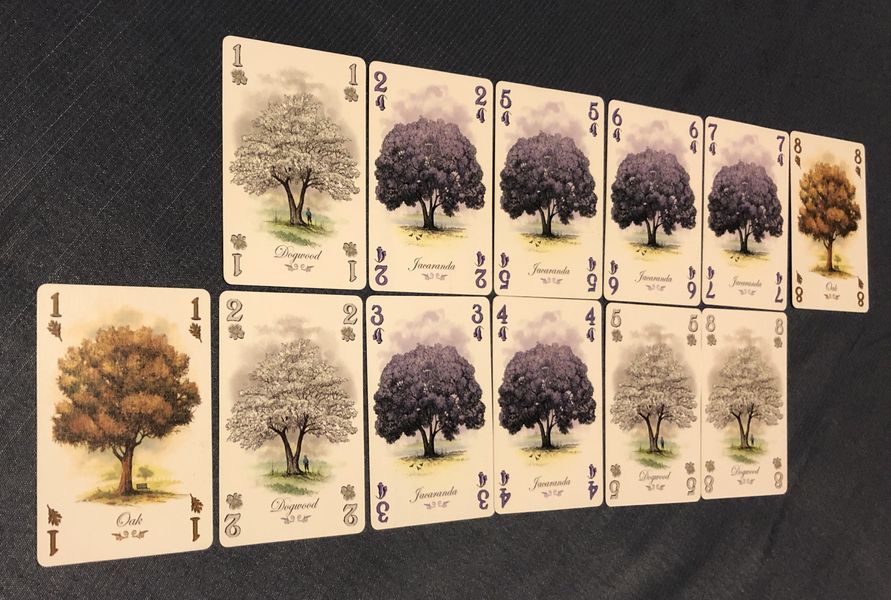
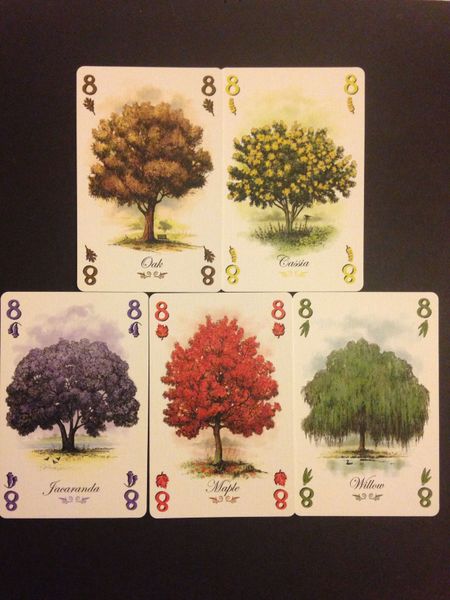
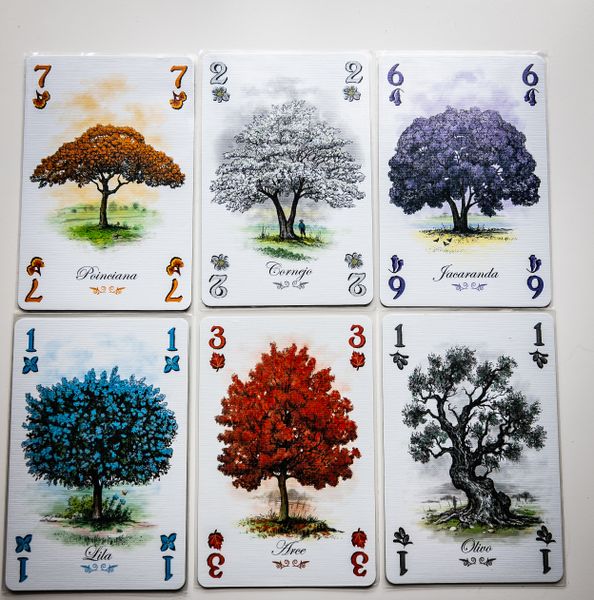
 RSS Feed
RSS Feed